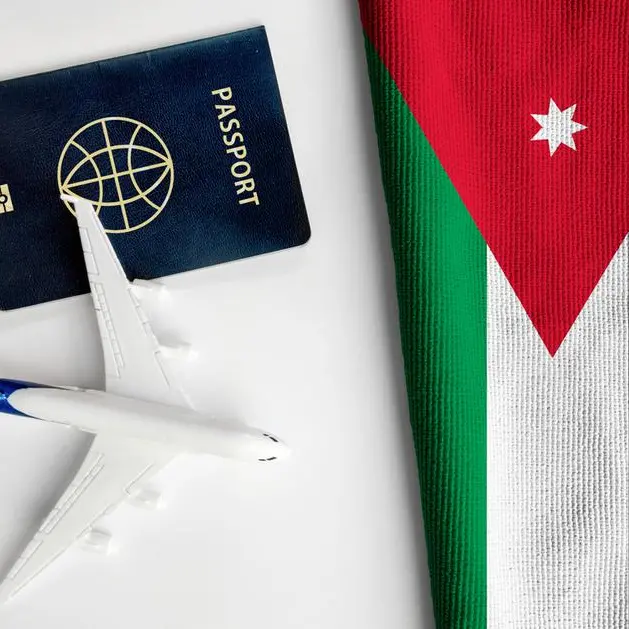PHOTO
The World Travel & Tourism Council (WTTC) has announced positive signs of recovery for the travel & tourism sector in key North African city destinations, providing a massive boost to economies across the region.
The report, researched in partnership with Oxford Economics, analysed key indicators such as Travel & Tourism’s contribution to GDP, employment and traveller spend.
The analysis of Cairo, Marrakech and Tunis shows that across all three cities, the direct GDP contribution from Travel & Tourism, sector jobs, and visitor spending are all bouncing back to pre-pandemic levels.
The WTTC Cities Economic Impact Report shows that in 2019, the travel & tourism sector contributed over $5.6 billion to Cairo’s economy, more than $1 billion to Marrakech’s and over $1.2 billion to Tunis’s.
But the pandemic then had a damaging effect on economies across North Africa as borders closed to overseas visitors.
Prolonged border closures in source markets such as Germany, the UK and Italy, delayed the return of visitors from those countries and had a significant impact on the sector’s GDP across North Africa due to lower visitor numbers.
In 2020, across all three cities Travel & Tourism’s GDP contribution dropped by more than half, falling to $1.95 billion in Cairo, $497 million in Marrakech, and $450 million in Tunis.
Over the last two years, since international travel restrictions have been lifted, all three cities have witnessed recoveries.
In 2022, Cairo’s sector is expected to have grown to over $4 billion, 28% below 2019 levels while in Marrakech, the sector is forecast to have reached nearly $870 million, 17% below 2019 levels.
In Tunis, the sector is predicted to have reached almost $880 million, 29% below 2019 levels.
Julia Simpson, WTTC President & CEO, said: “Cities across North Africa have long been popular tourist destinations. After more than two years of disruption, it’s great to see tourists are heading back to the region. These cities are resilient and are on the road to recovery, demonstrating the enduring ap-peal tourist destinations across North Africa hold for international travellers.
“It is crucial that the national and local governments continue to recognise the importance of travel & tourism for the local and national economies, jobs and businesses.”
Jobs on the rise
In 2019 there were more than 246,000 people employed by the travel & tourism sector in the Egyptian capital. In 2020 this figure dropped to just under 139,000 (-44%), but in 2021, employment grew by 25% to almost 174,000 jobs, and is expected to have grown a further 20% in 2022 to reach nearly 209,000 jobs.
In Marrakech and Tunis, it’s a similar picture. Before the pandemic, there were over 102,000 travel & tourism jobs in Marrakech, but this number fell by nearly 18,000 to just under 85,000 in 2020. A small 3% rise in 2021 saw the number increase to more than 87,000.
WTTC is forecasting employment in the sector to grow five times as fast in 2022 to reach nearly 100,000 jobs – just 3% fewer jobs than before the pandemic.
In Tunis, there were over 43,000 jobs in 2019 falling to just under 30,000 the following year (-31%). In 2021 job numbers grew by 9% to slightly over 32,000 and WTTC predicts a further 8% rise in 2022 to reach 35,000 jobs.
The report also shows that the sector’s contribution to the three cities will increase by more than $7.4 billion over the next decade to reach a combined $13.3 billion.
According to the global tourism body’s forecast, Cairo’s travel & tourism sector is expected to increase by more than $5 billion contribute over $9.1 billion, while Marrakech’s will provide a boost of almost $1.4 billion by 2032 to reach just over $2.25 billion annually.
WTTC also predicted that the Tunis travel & tourism sector will increase by almost $1 billion over the next decade to reach $1.85 billion.
Copyright 2022 Al Hilal Publishing and Marketing Group Provided by SyndiGate Media Inc. (Syndigate.info).























